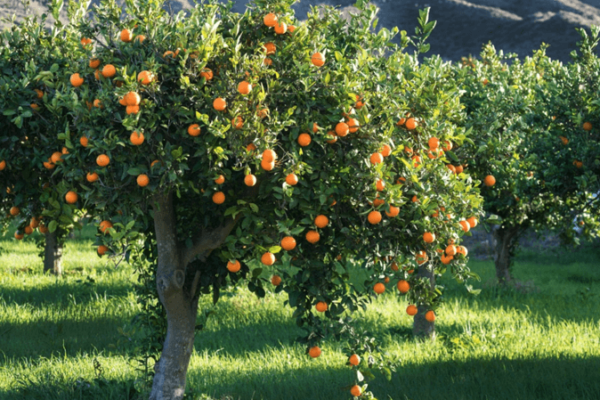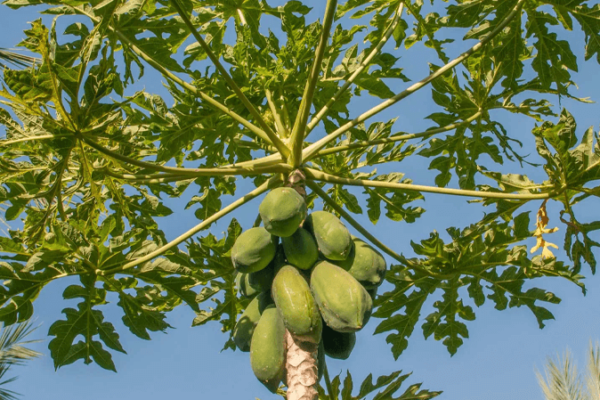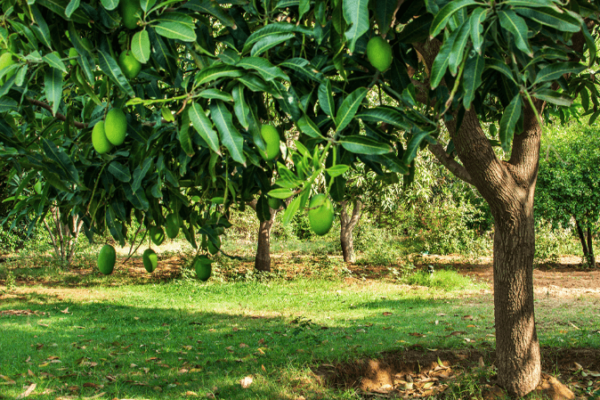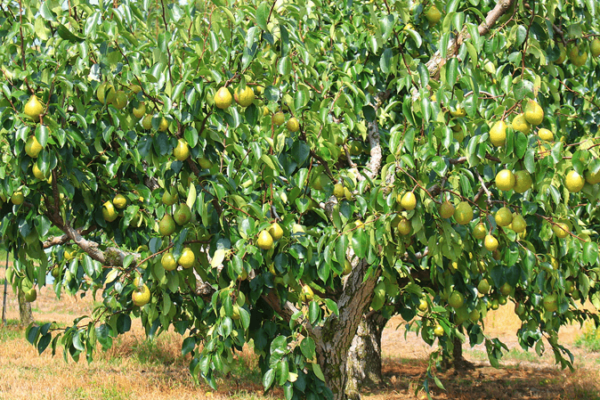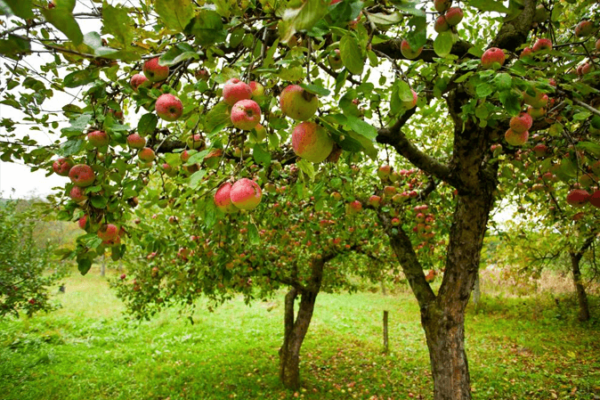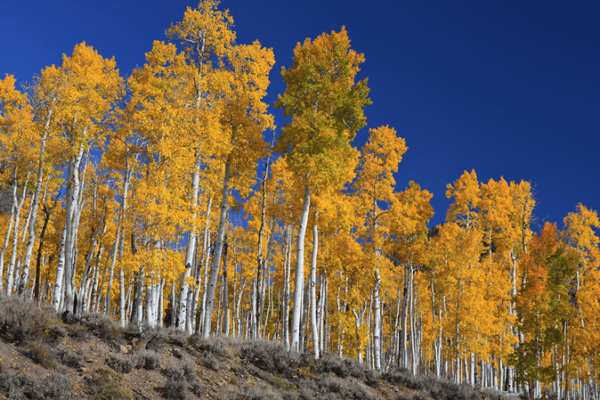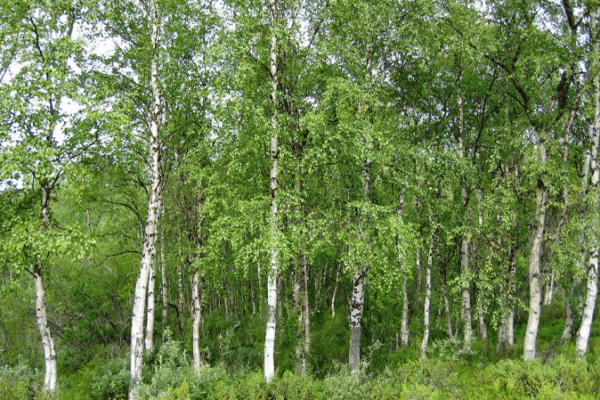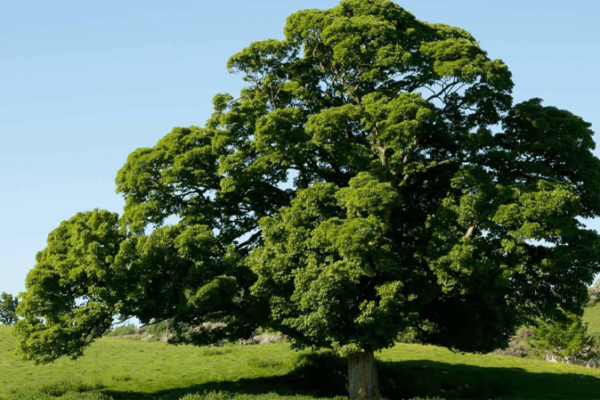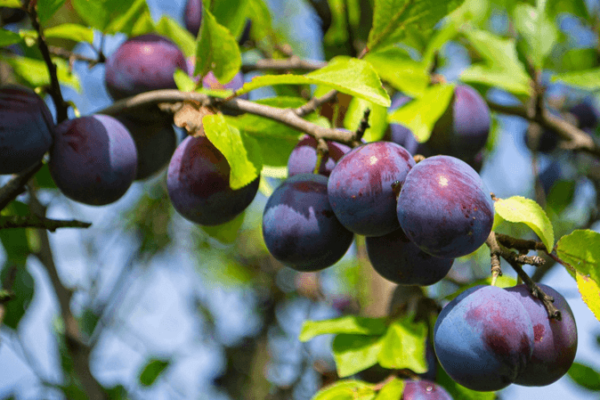
Common Plum
Description: The Common Plum (Prunus domestica) is a deciduous fruit tree belonging to the rose family (Rosaceae). Native to Europe and western Asia, it has been cultivated for thousands of years for its sweet, fleshy fruits. Common plums grow between 15-30 feet tall with a spreading canopy and thrive in temperate climates. The tree produces…

